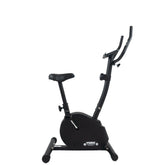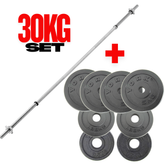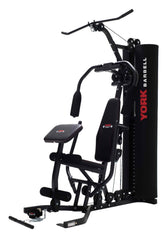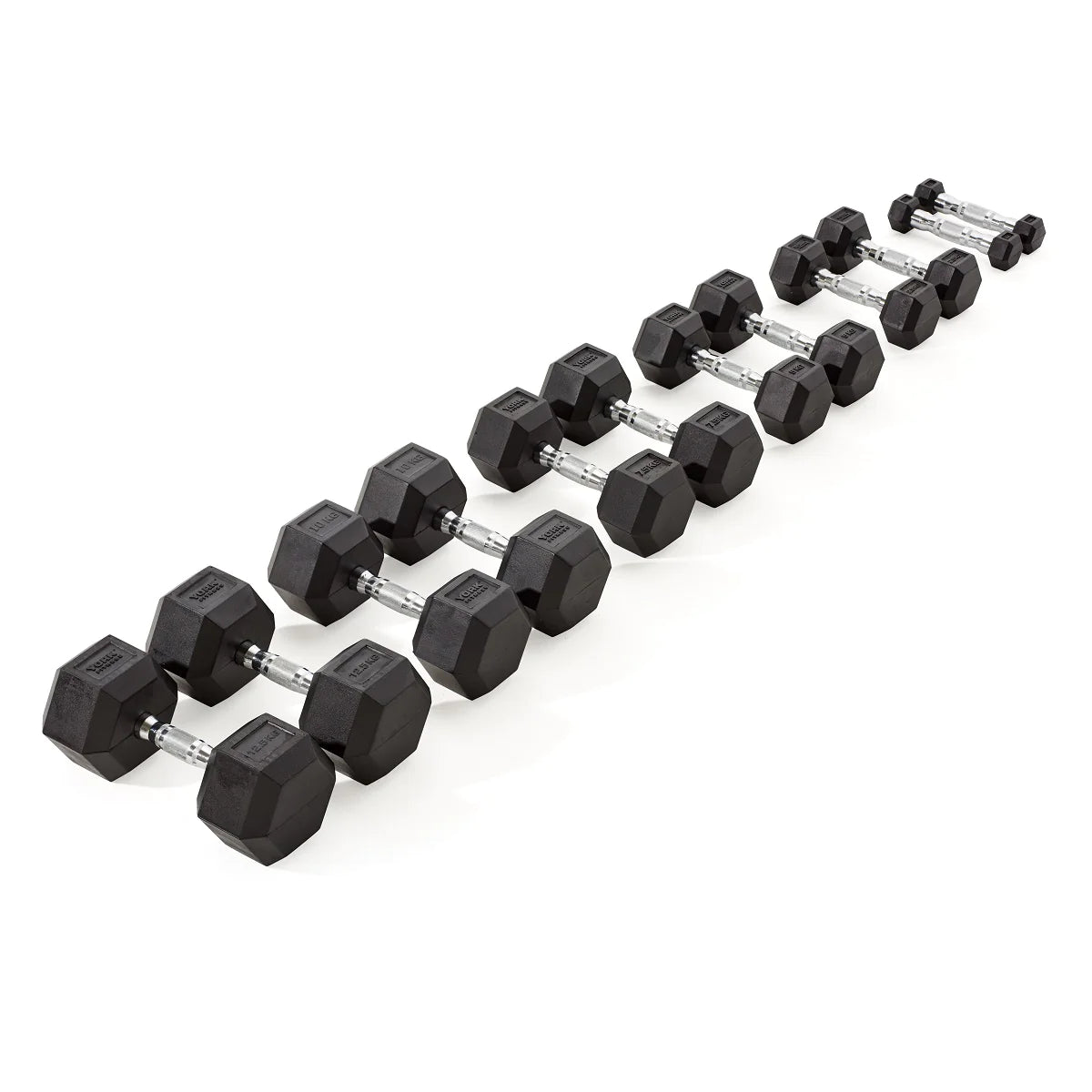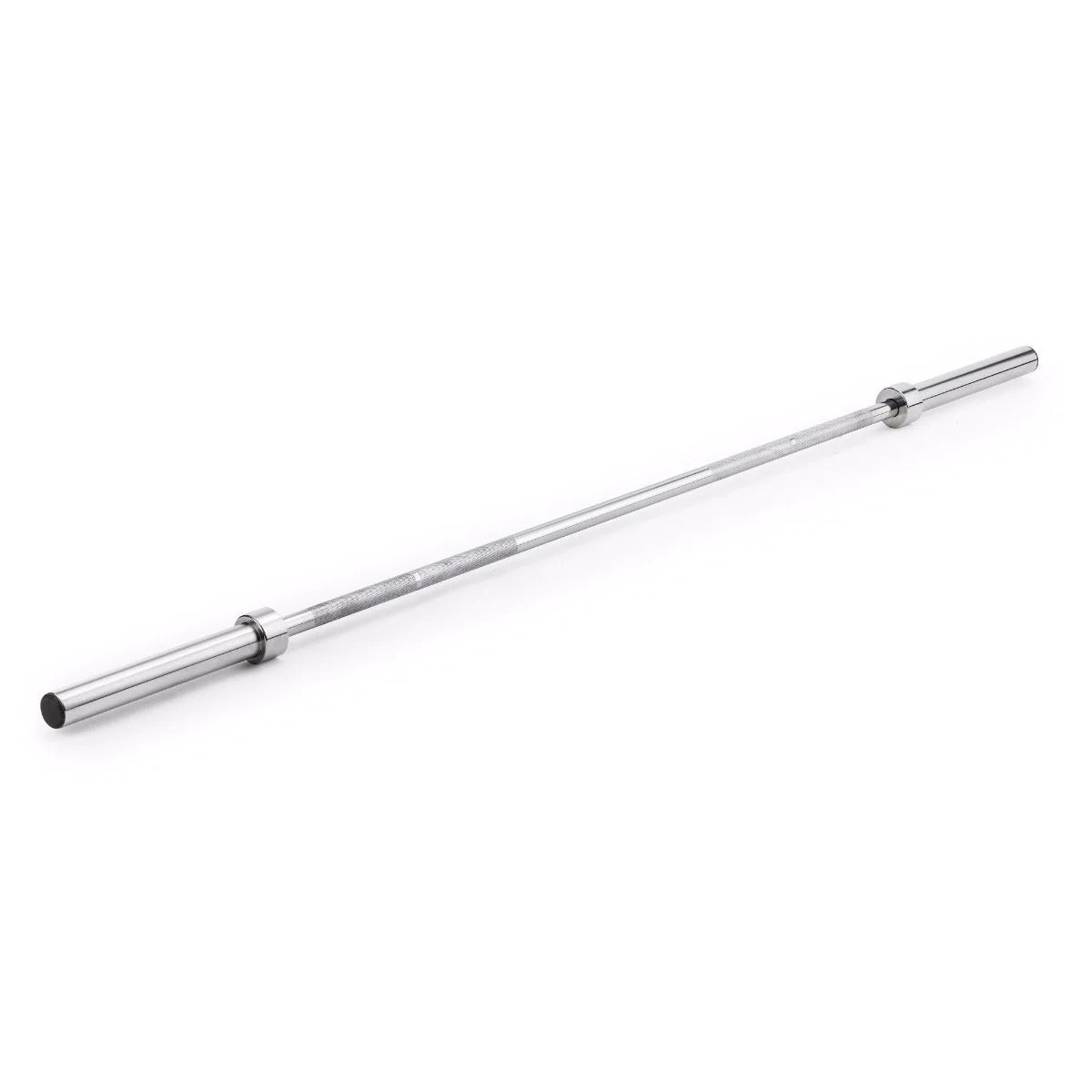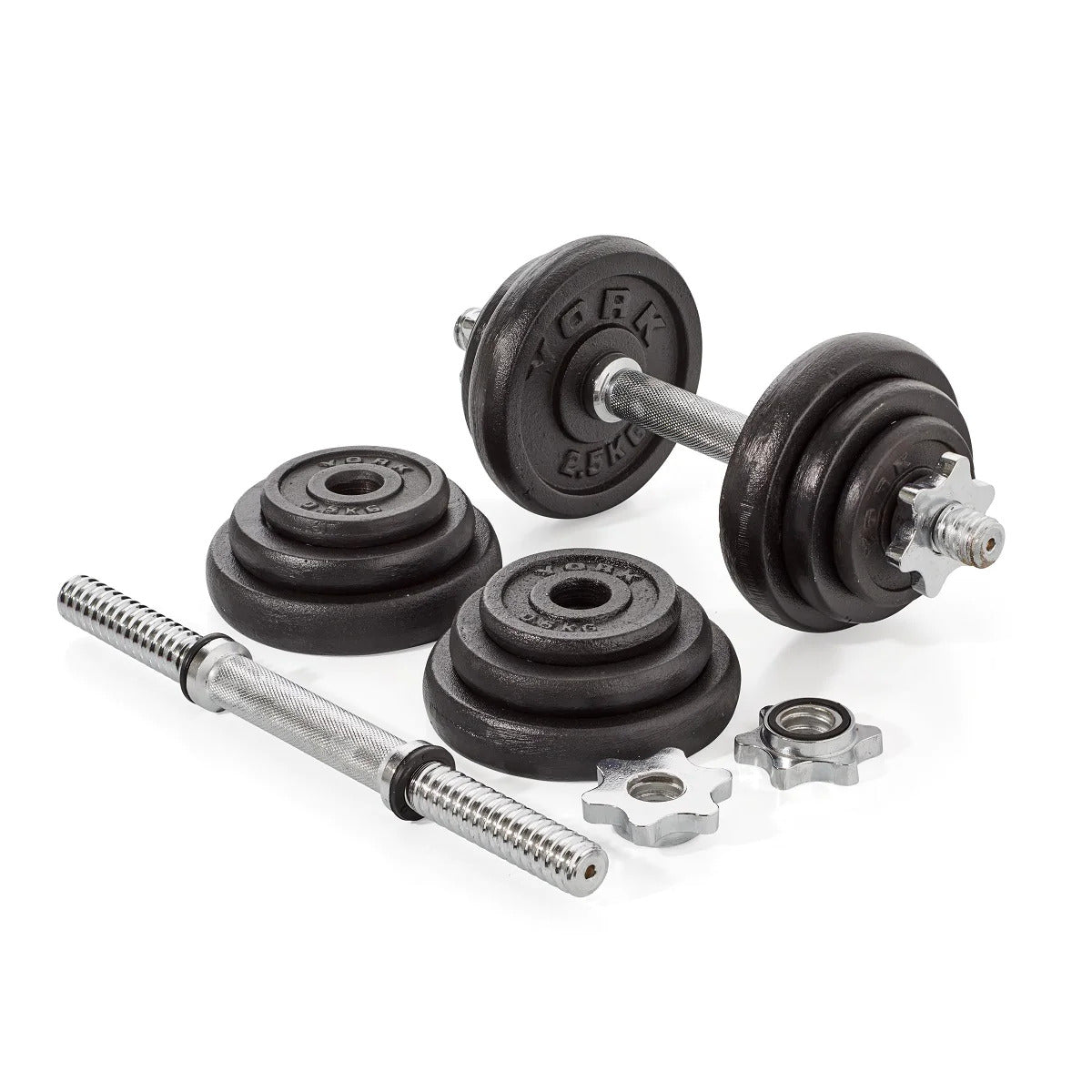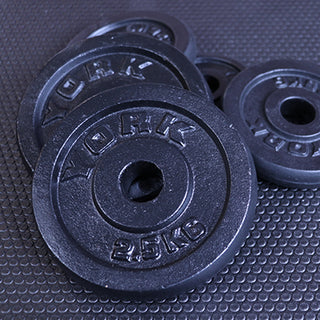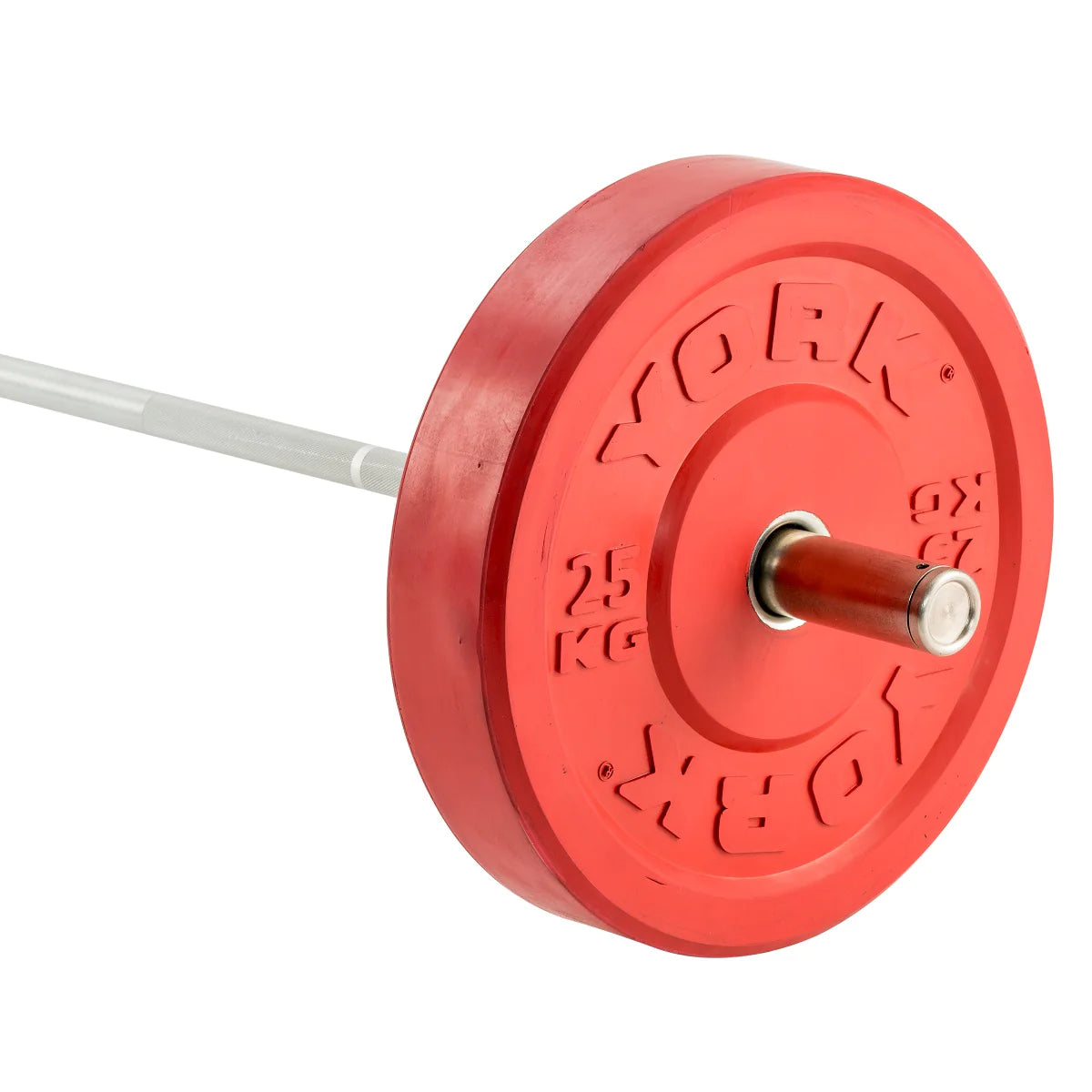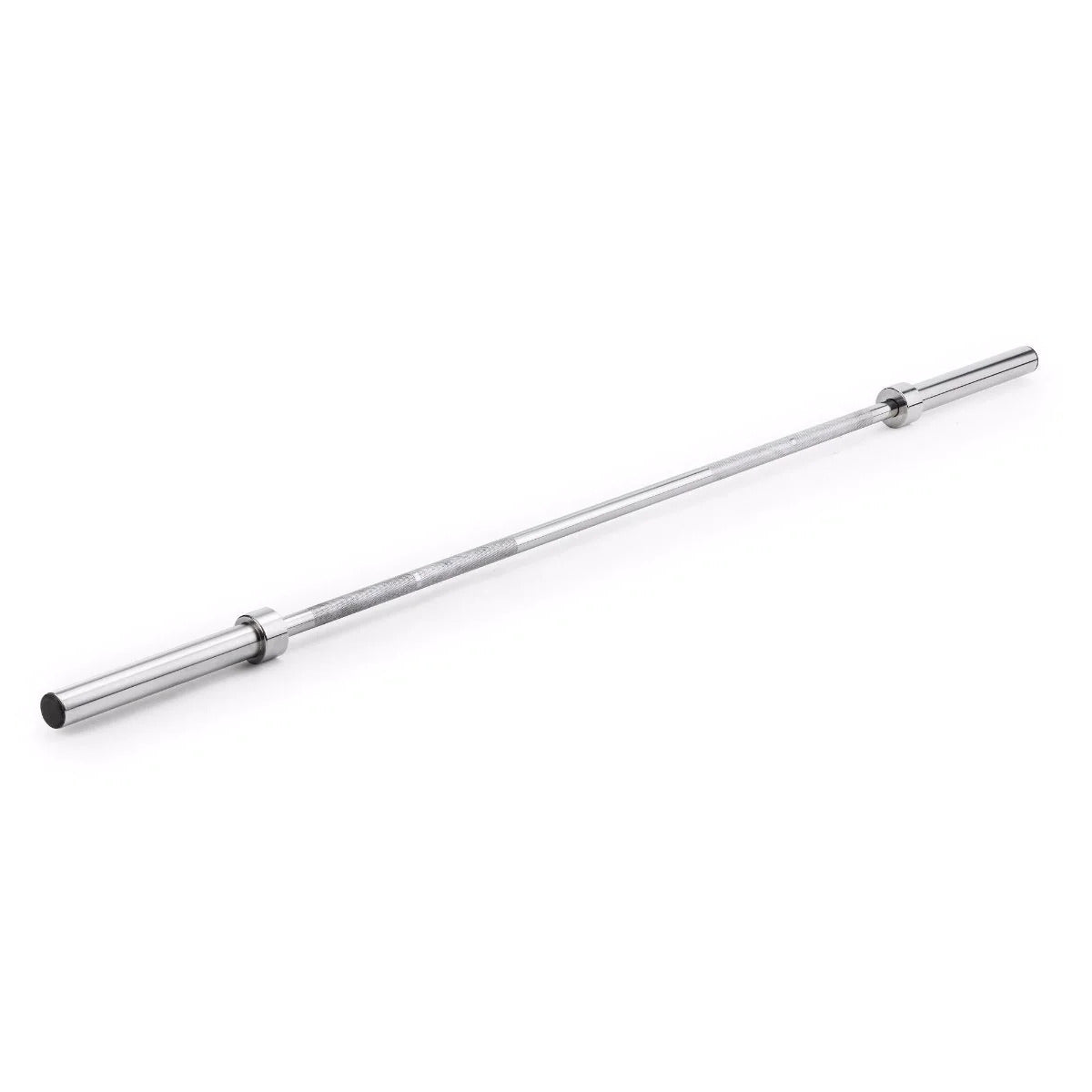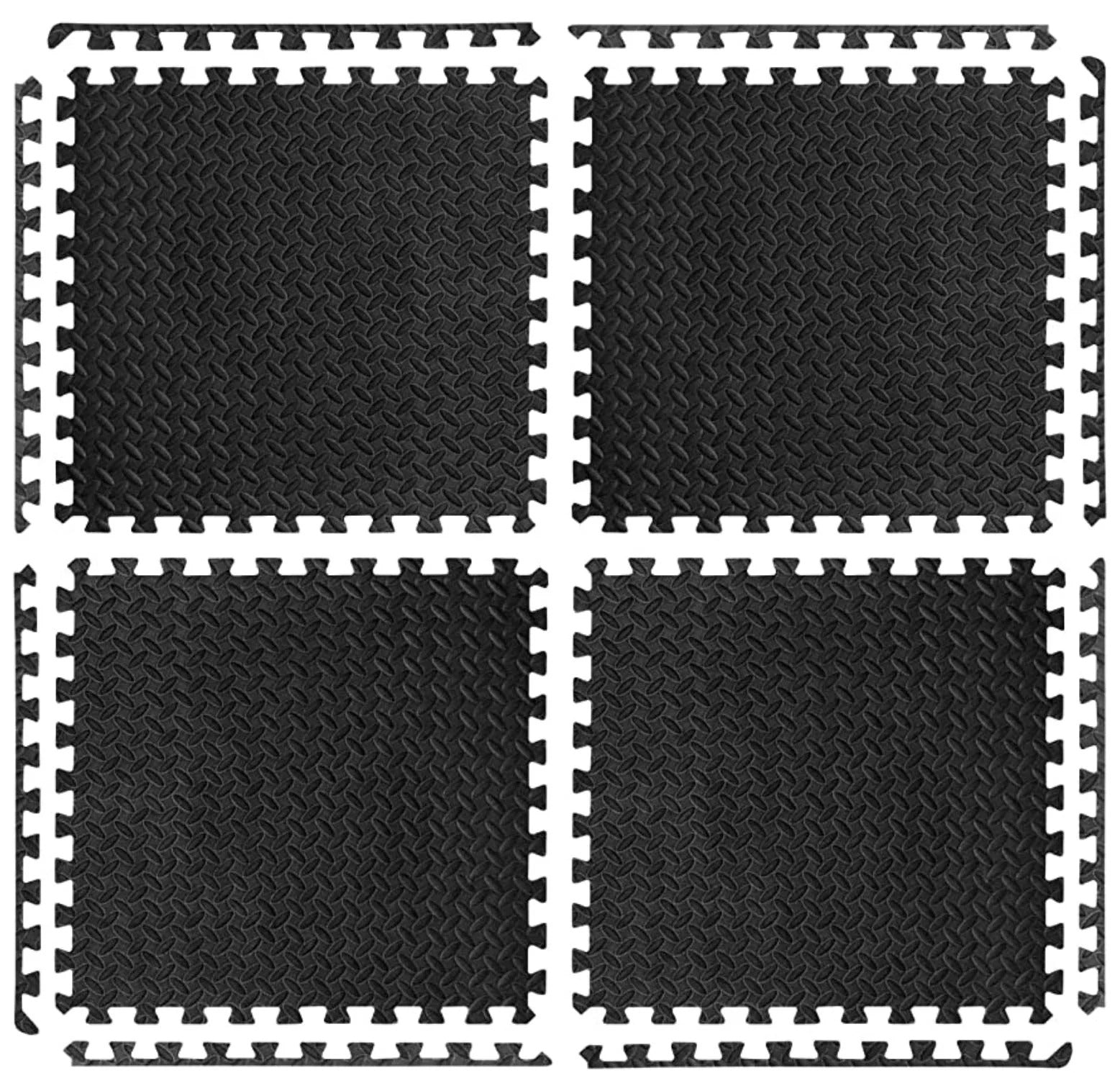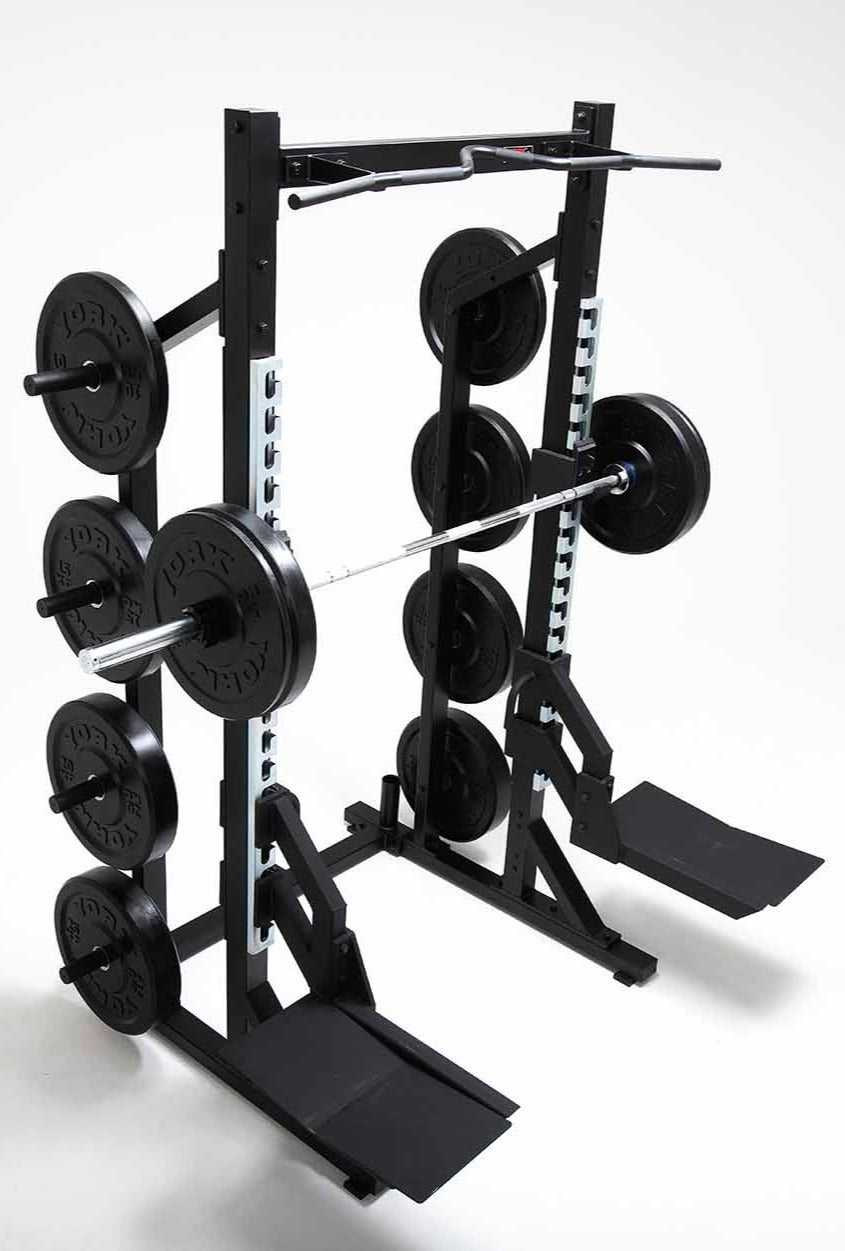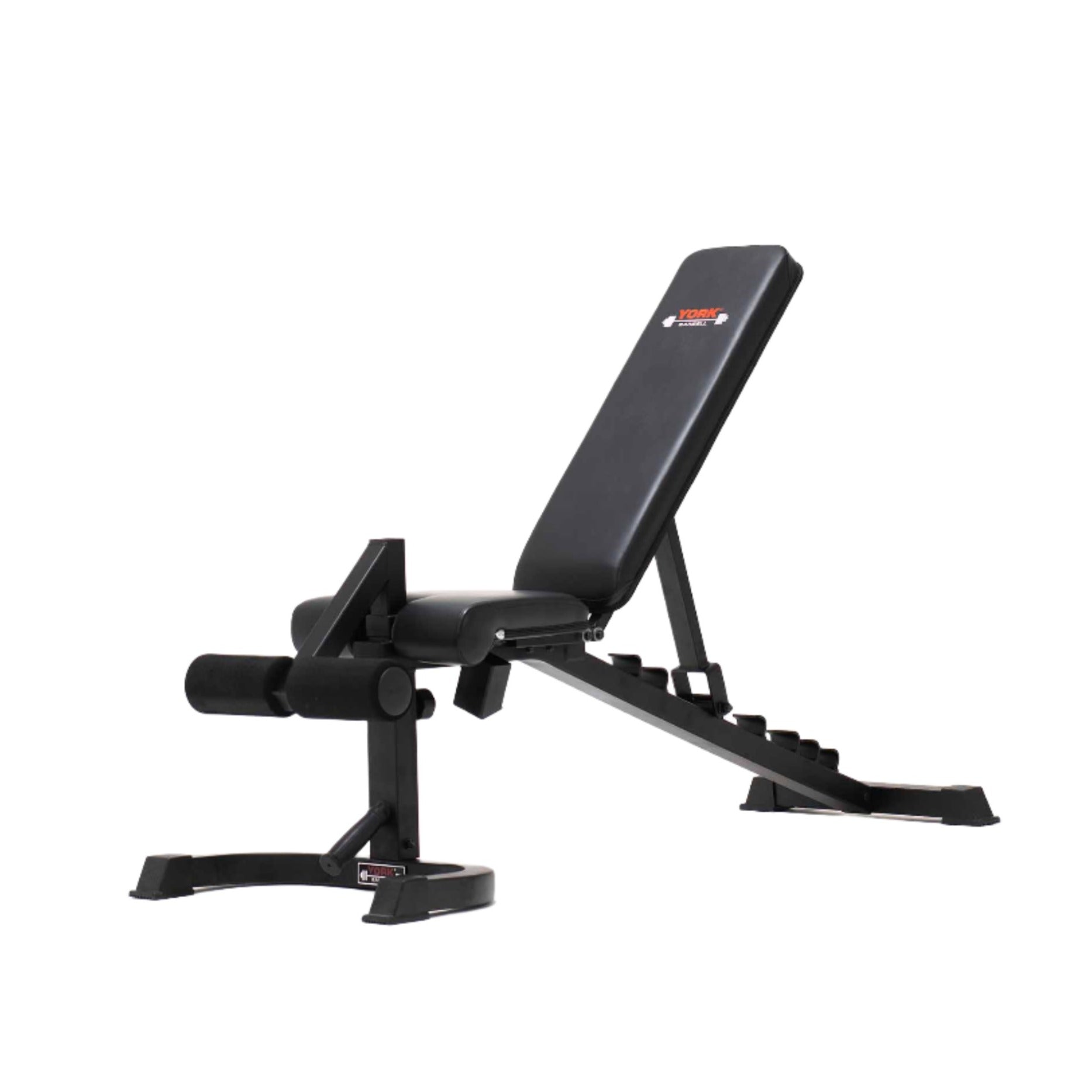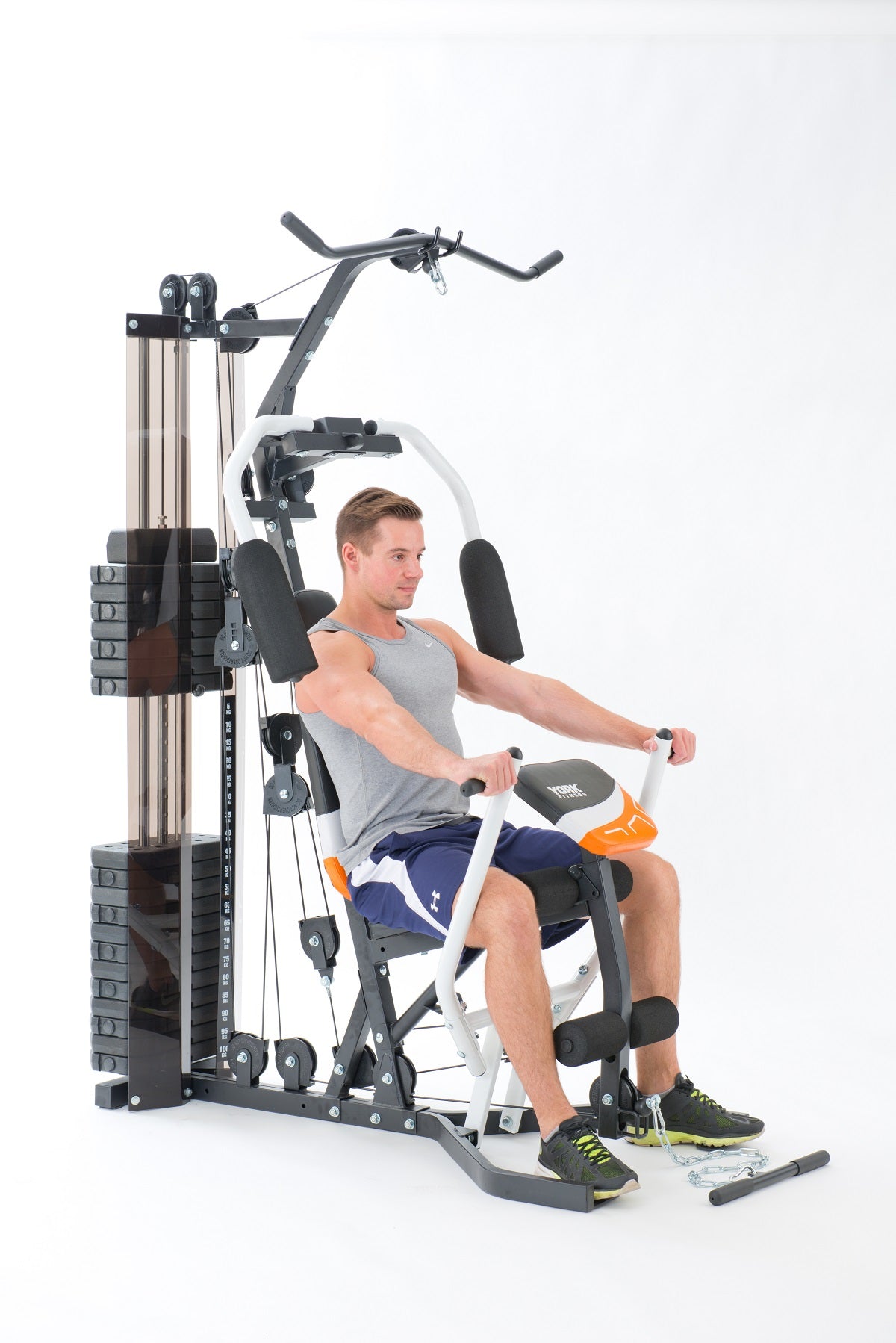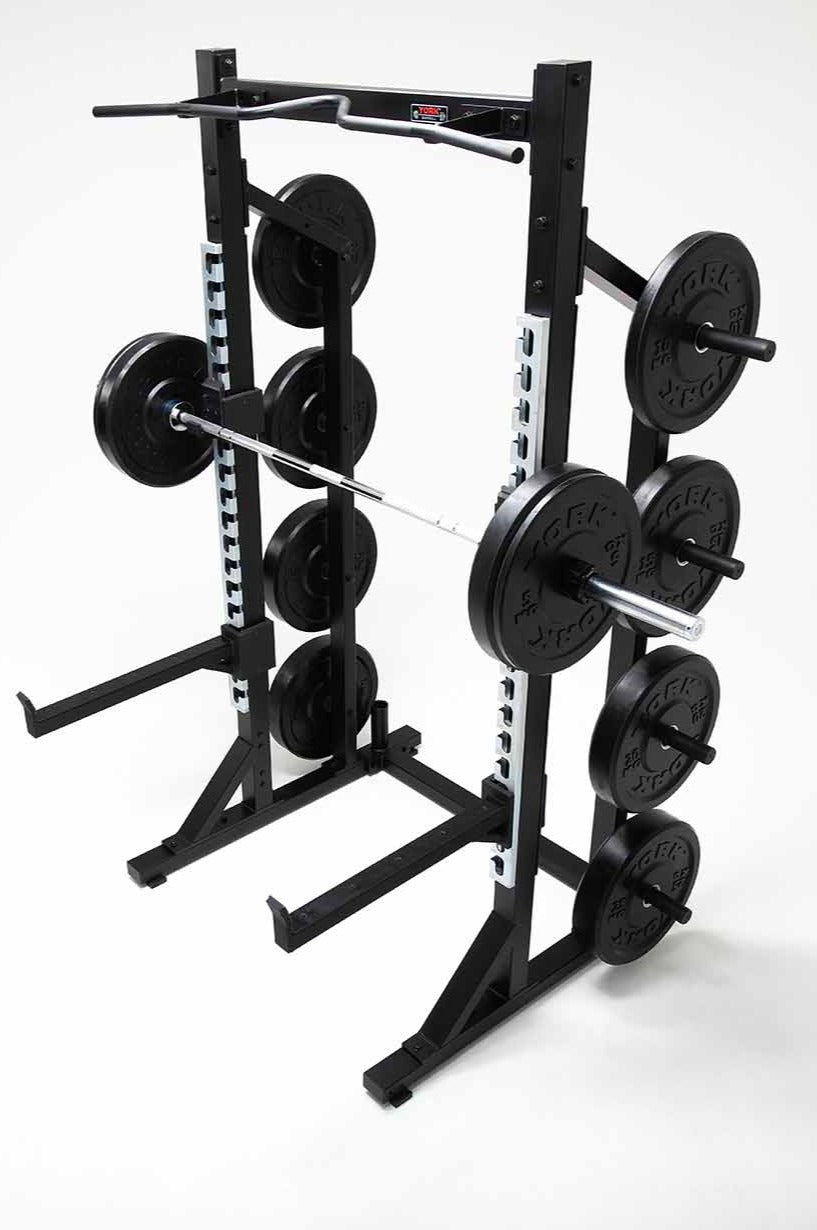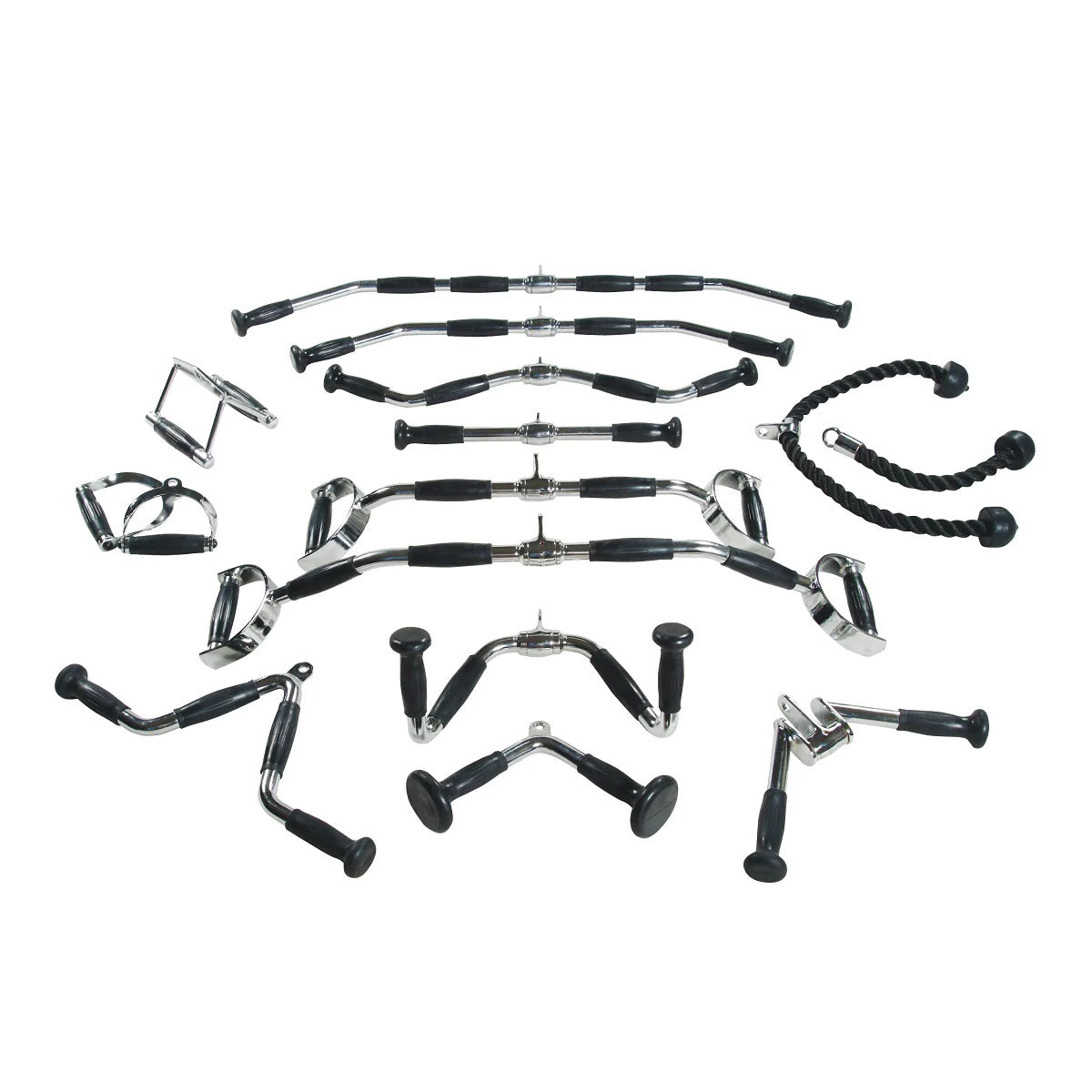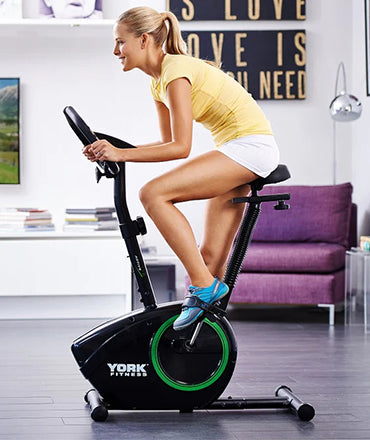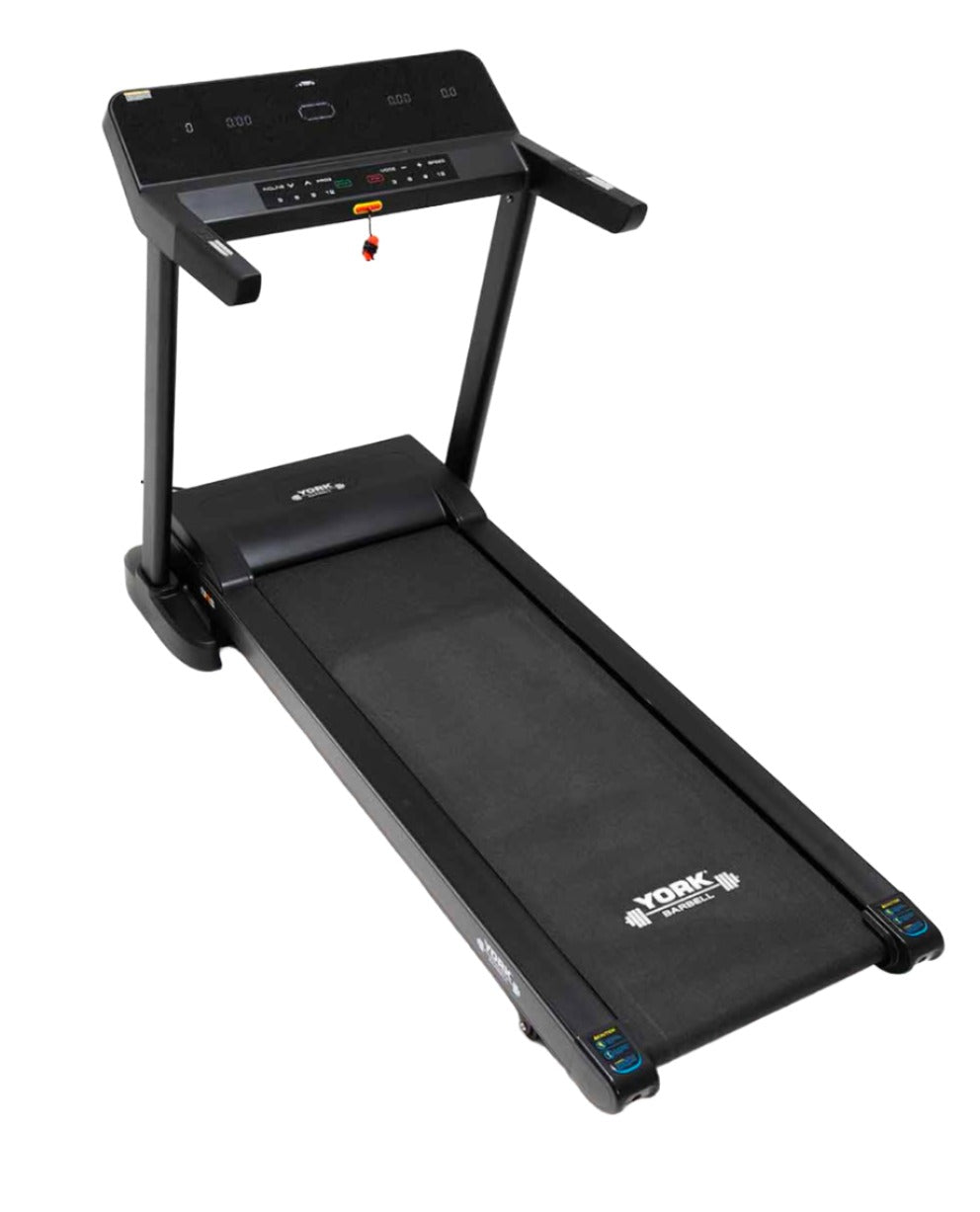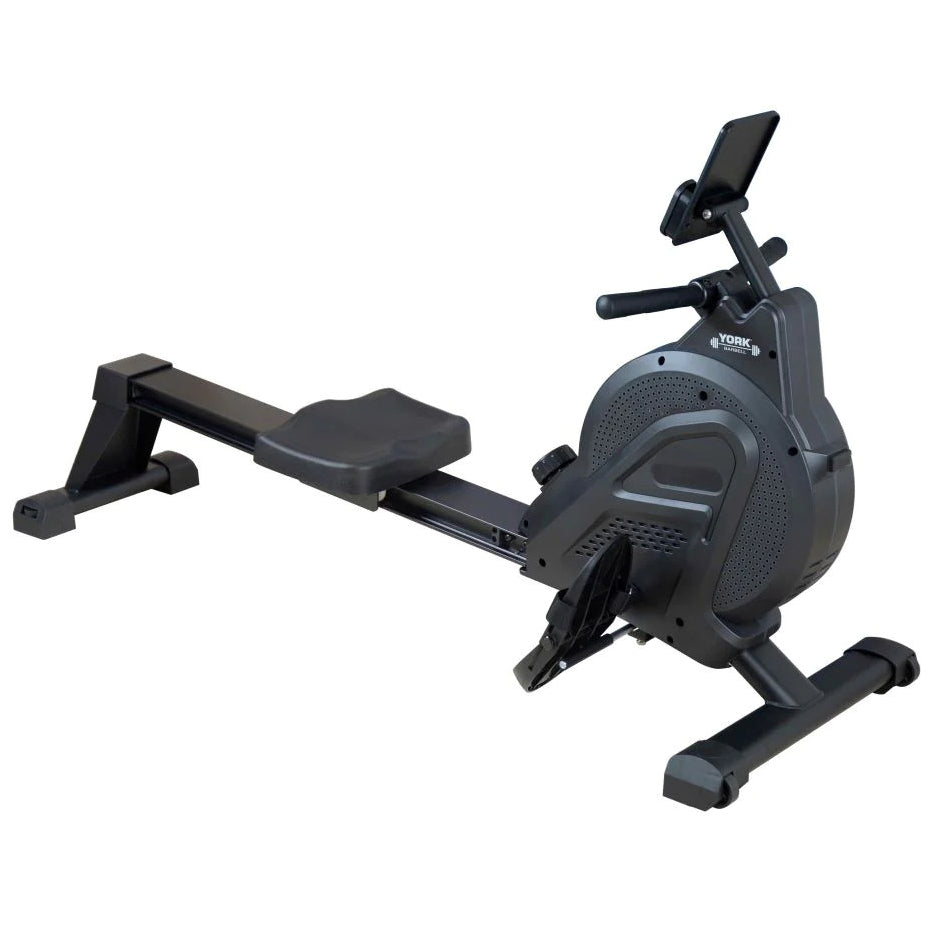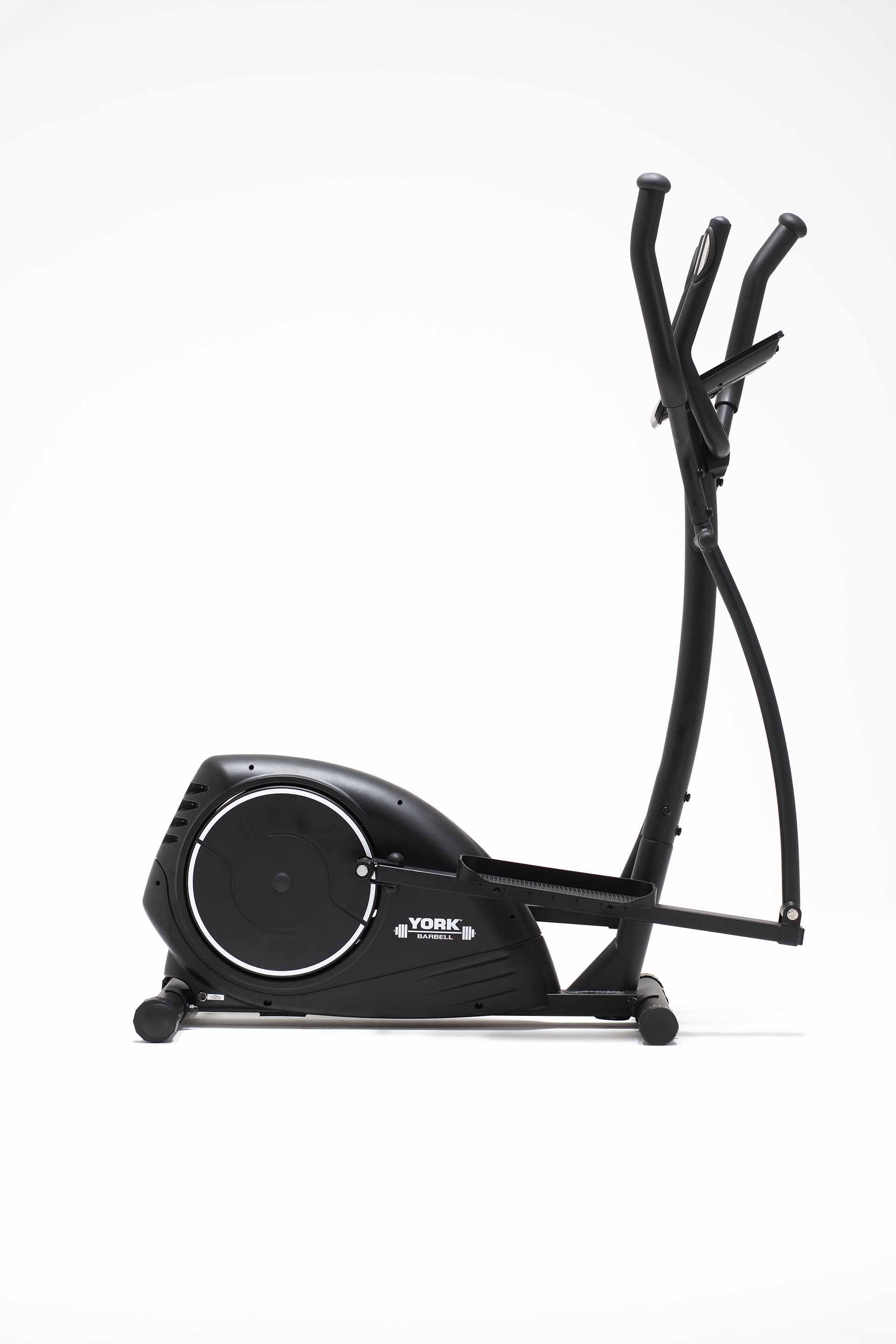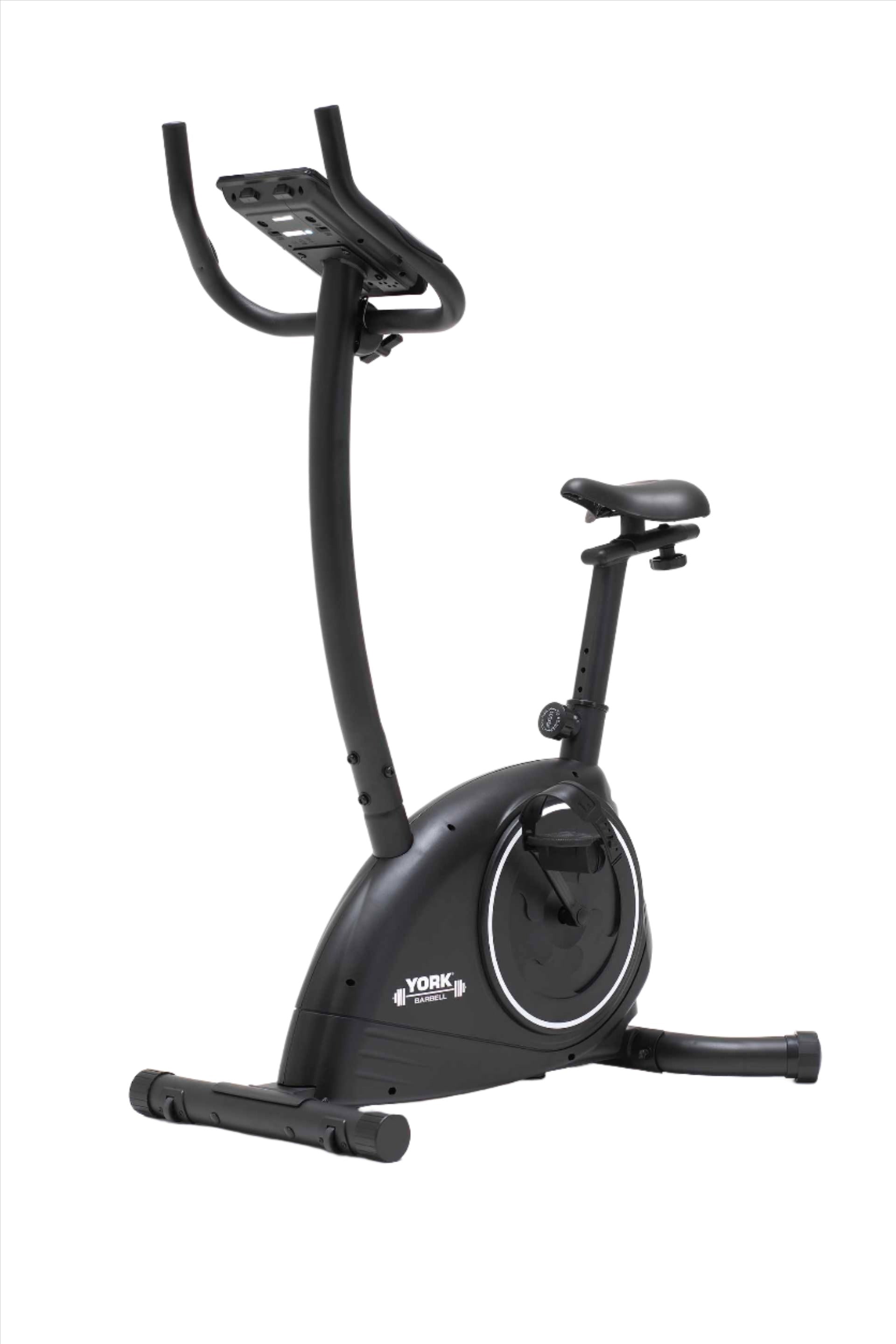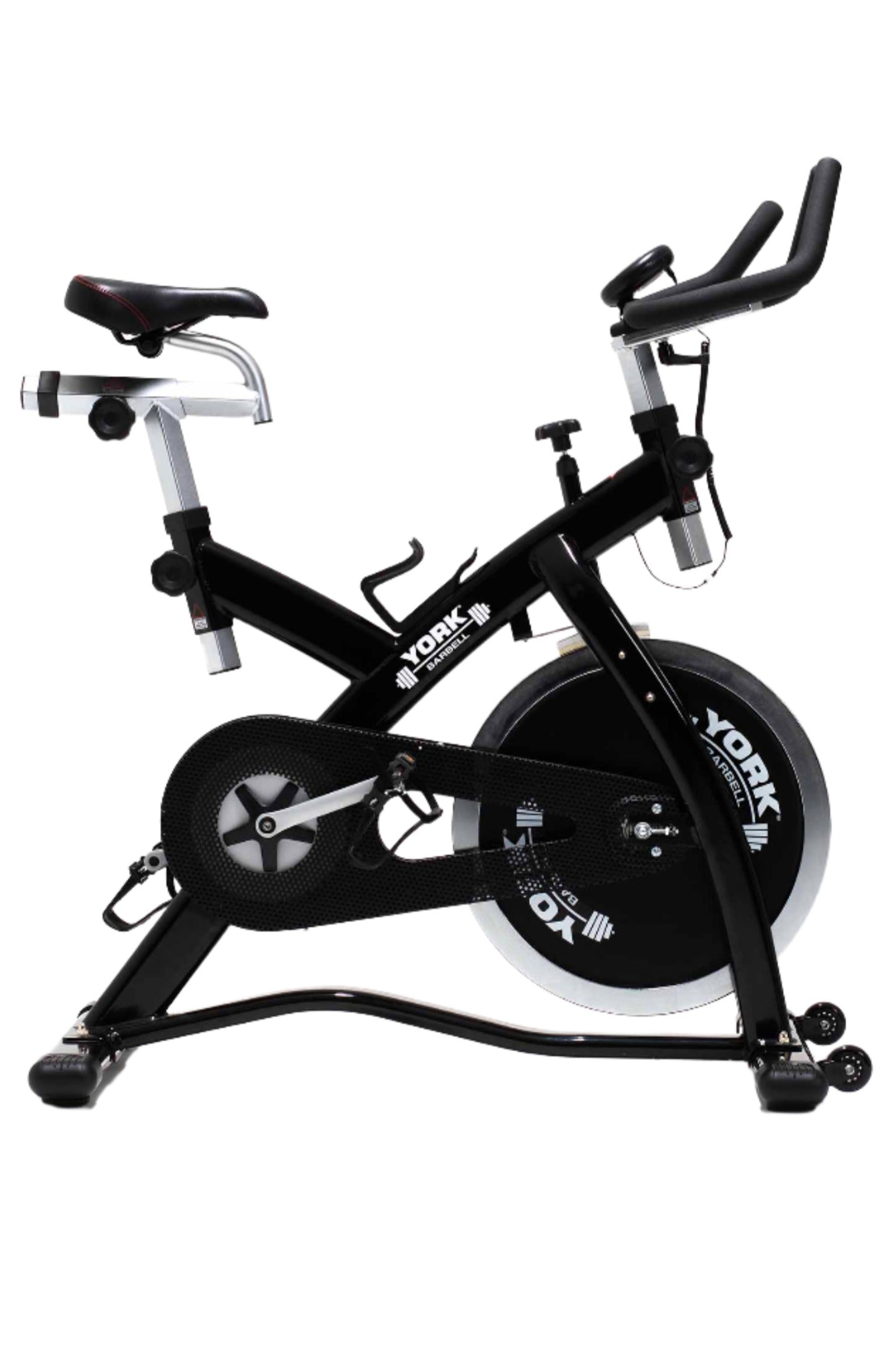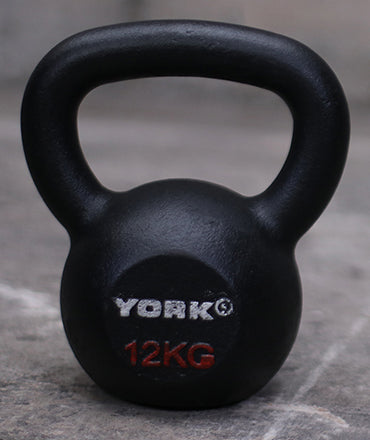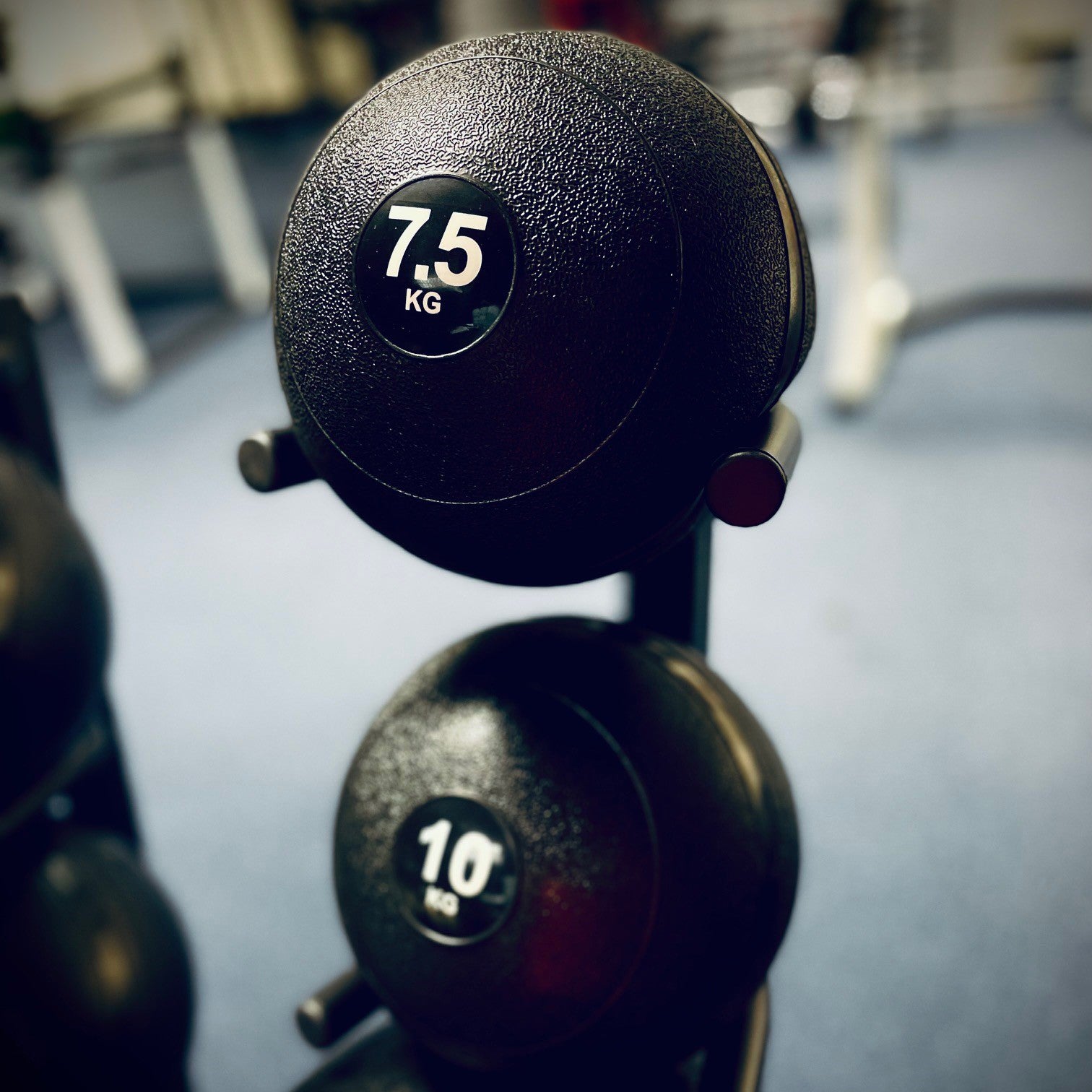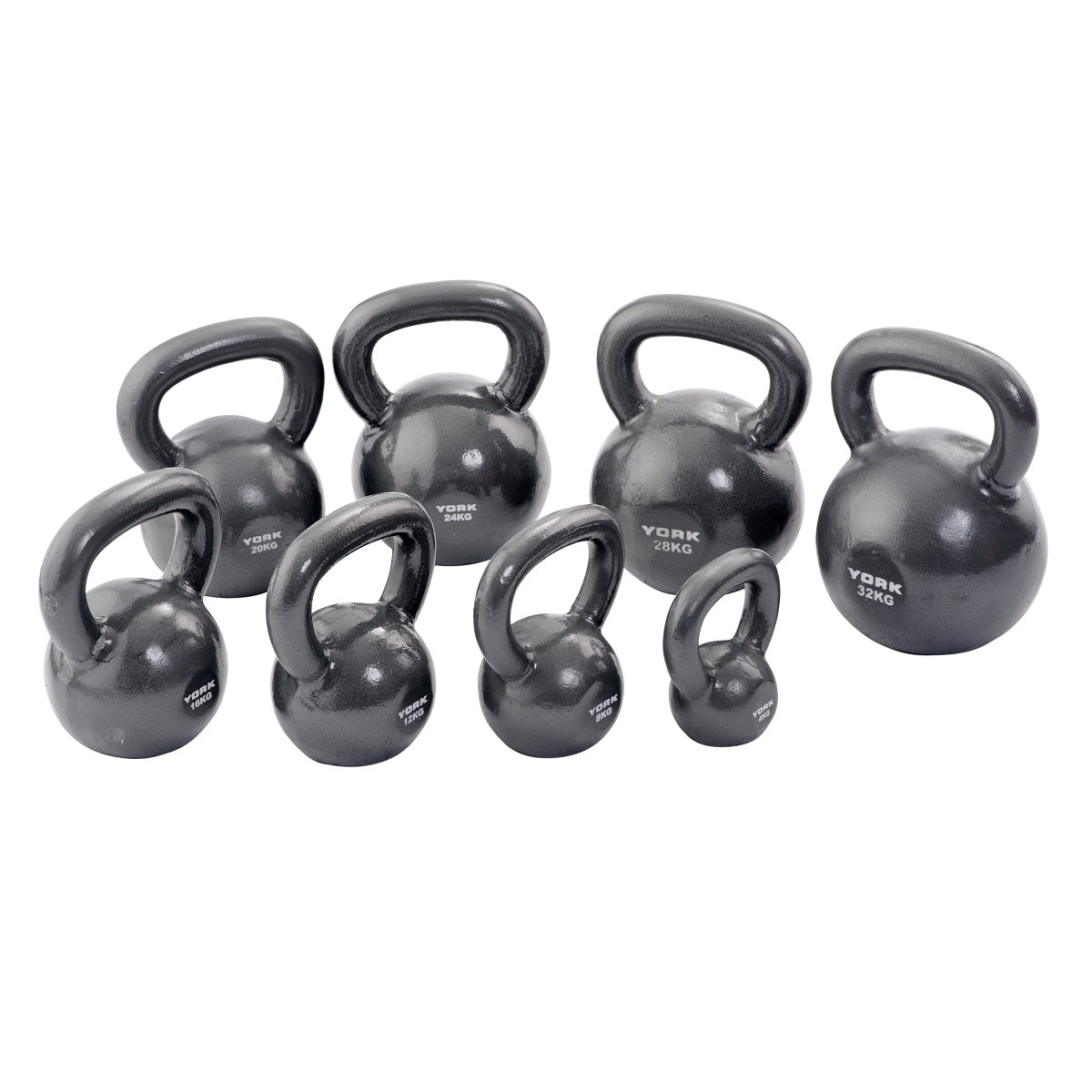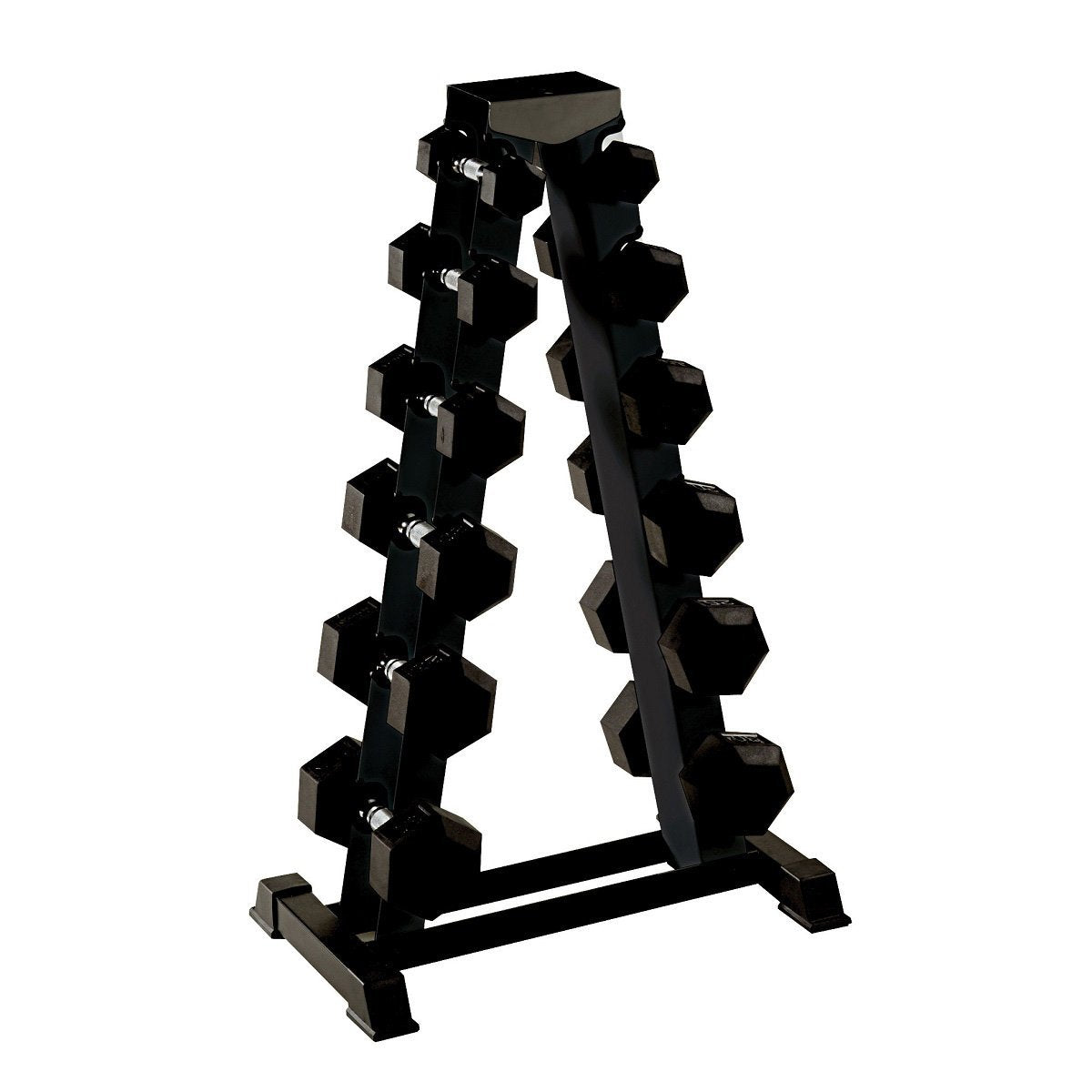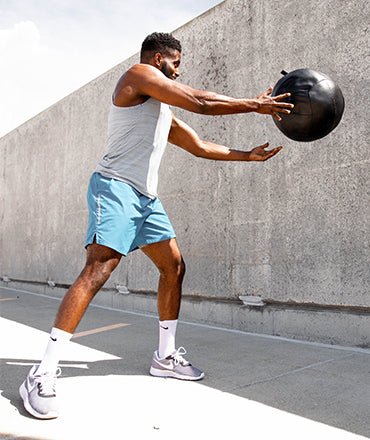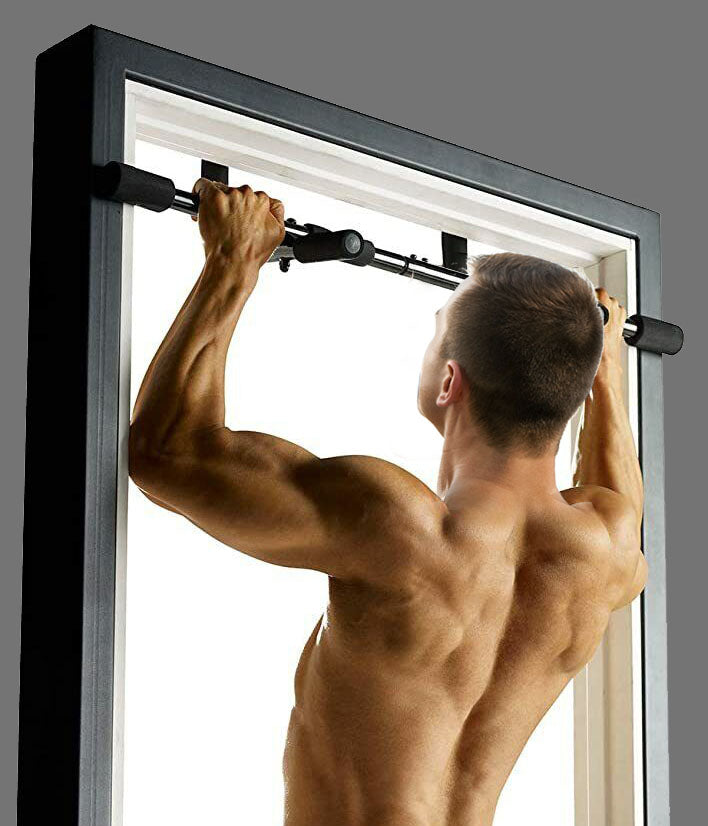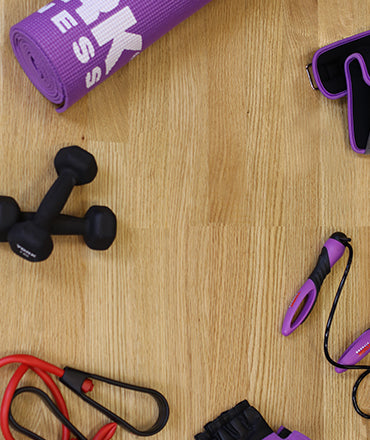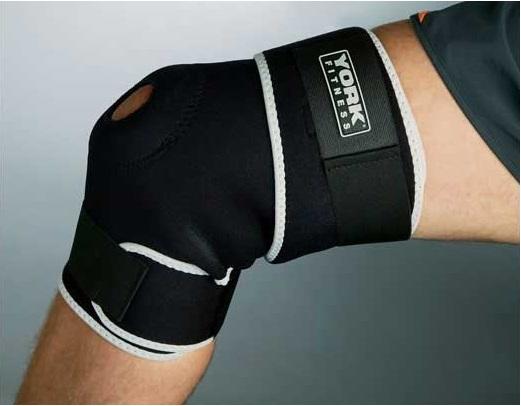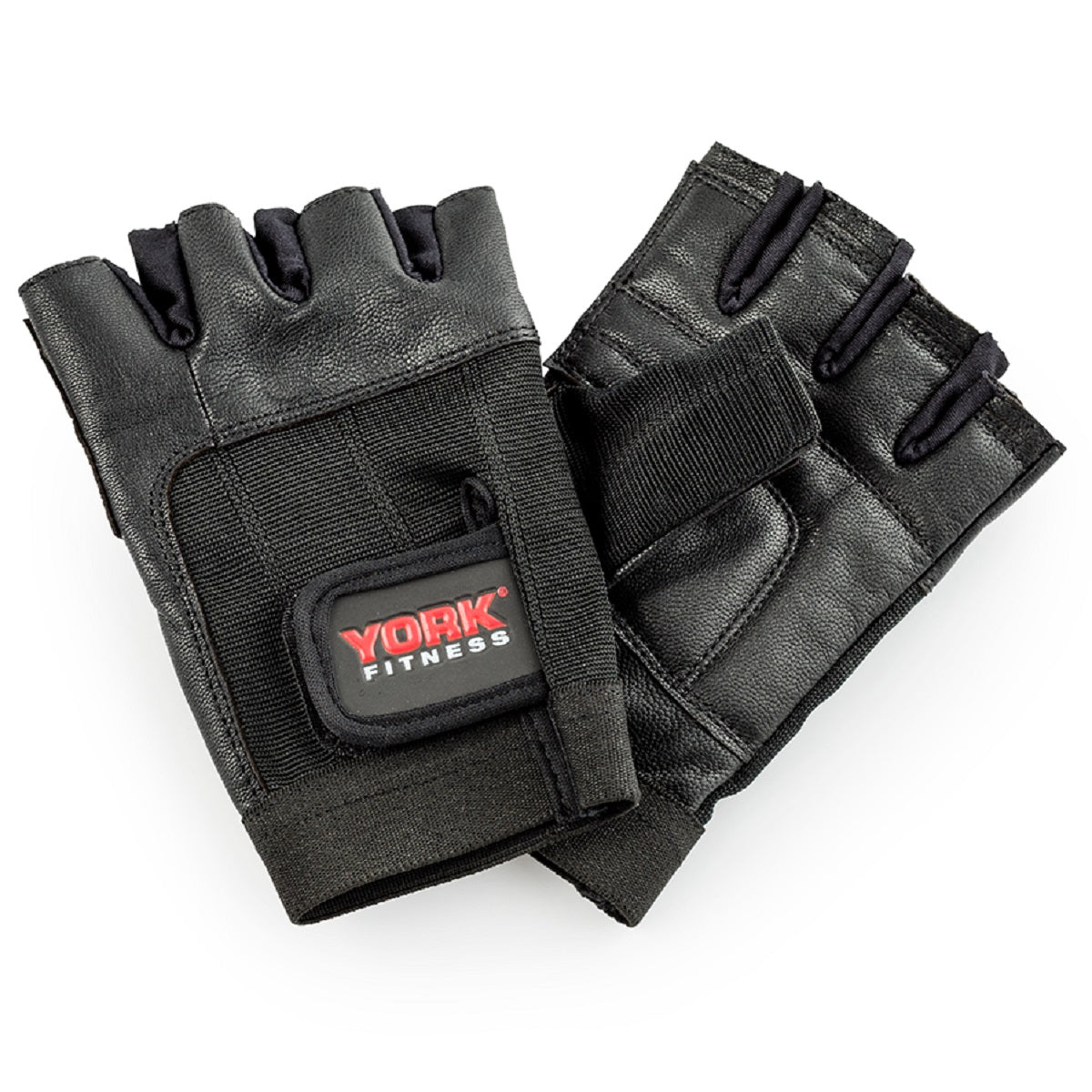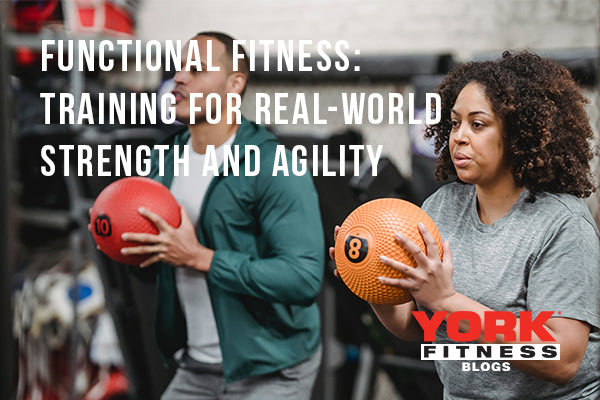Functional fitness has surged in popularity for its practical approach to strength and agility. Unlike conventional workouts that target isolated muscle groups, functional fitness centres around movements that mimic real-world activities. This comprehensive guide explores functional fitness, its wide-ranging benefits, and how to seamlessly integrate it into your fitness routine. Whether you're an athlete aiming to excel in your sport or an individual striving for better health and functionality, this article offers valuable insights and actionable advice.
The Essence of Functional Fitness
Functional fitness is centred on training the body for real-world tasks. It prioritises multi-joint movements that simulate everyday activities such as lifting, pushing, pulling, and bending. These exercises engage multiple muscle groups, enhancing coordination, balance, and flexibility. Functional fitness is universally beneficial, catering to individuals of all fitness levels, from beginners to elite athletes.
Realising The Advantages of Functional Fitness
- Enhanced Daily Functionality: Functional fitness equips you with the physical abilities required for daily tasks, reducing the risk of injury.
- Elevated Athletic Performance: Athletes can hone specific movements needed for their sports, leading to improved performance.
- Injury Prevention: By strengthening stabiliser muscles, functional fitness minimises the risk of injuries during sports and daily life.
- Improved Posture and Core Strength: Many exercises target the core, promoting better posture and reducing back pain.
Incorporating Functional Fitness into Your Routine
To seamlessly integrate functional fitness into your daily regimen, consider the following steps:
-
Prioritise Functional Movements: Focus on compound exercises like squats, deadlifts, and lunges that engage multiple muscle groups.
- Balance and Coordination: Include balance exercises such as single-leg stands or yoga poses to enhance stability and coordination.
- Utilise Functional Equipment: Equip yourself with tools like kettlebells, resistance bands, and stability balls, which are invaluable for effective functional workouts.
- Embrace Variation: Keep your routine diverse by incorporating various movements to target different aspects of functional fitness.
- Warm-Up and Mobility: Dedicate time to comprehensive warm-up routines and mobility exercises to prevent injuries and enhance flexibility.
Sample Functional Fitness Workout
Here's a sample functional fitness workout to kickstart your journey:
Perform each exercise for 3 sets of 10-12 repetitions, progressively increasing intensity as you advance.
Monitoring and Celebrating Your Progress
Tracking your functional fitness progress is pivotal for motivation and accountability. Here's how:
- Keep a Detailed Journal: Maintain a workout journal to record exercises, sets, reps, and session notes, tracking your performance over time.
- Regular Assessments: Periodically measure key metrics like maximum squat weight, balance in challenging exercises, and plank duration.
- Set Achievable Goals: Establish specific, measurable goals to keep you motivated.
- Celebrate Milestones: Acknowledge achievements, no matter how small.
- Seek Feedback: Consider working with a coach or trainer for valuable insights.
- Adapt and Evolve: Adjust your routine and goals as you progress.
Remember, functional fitness is an ongoing journey that celebrates the process and incremental improvements. Each milestone brings you closer to a more functional and active life. This type of training isn't just a trend; it's a transformative approach to working out that can enhance the quality of your everyday life. By incorporating functional movements into your fitness routine, you'll build strength, agility, and resilience while reducing the overall risk of injuries. Embrace functional fitness today, and experience the tangible improvements it brings to your daily life.
